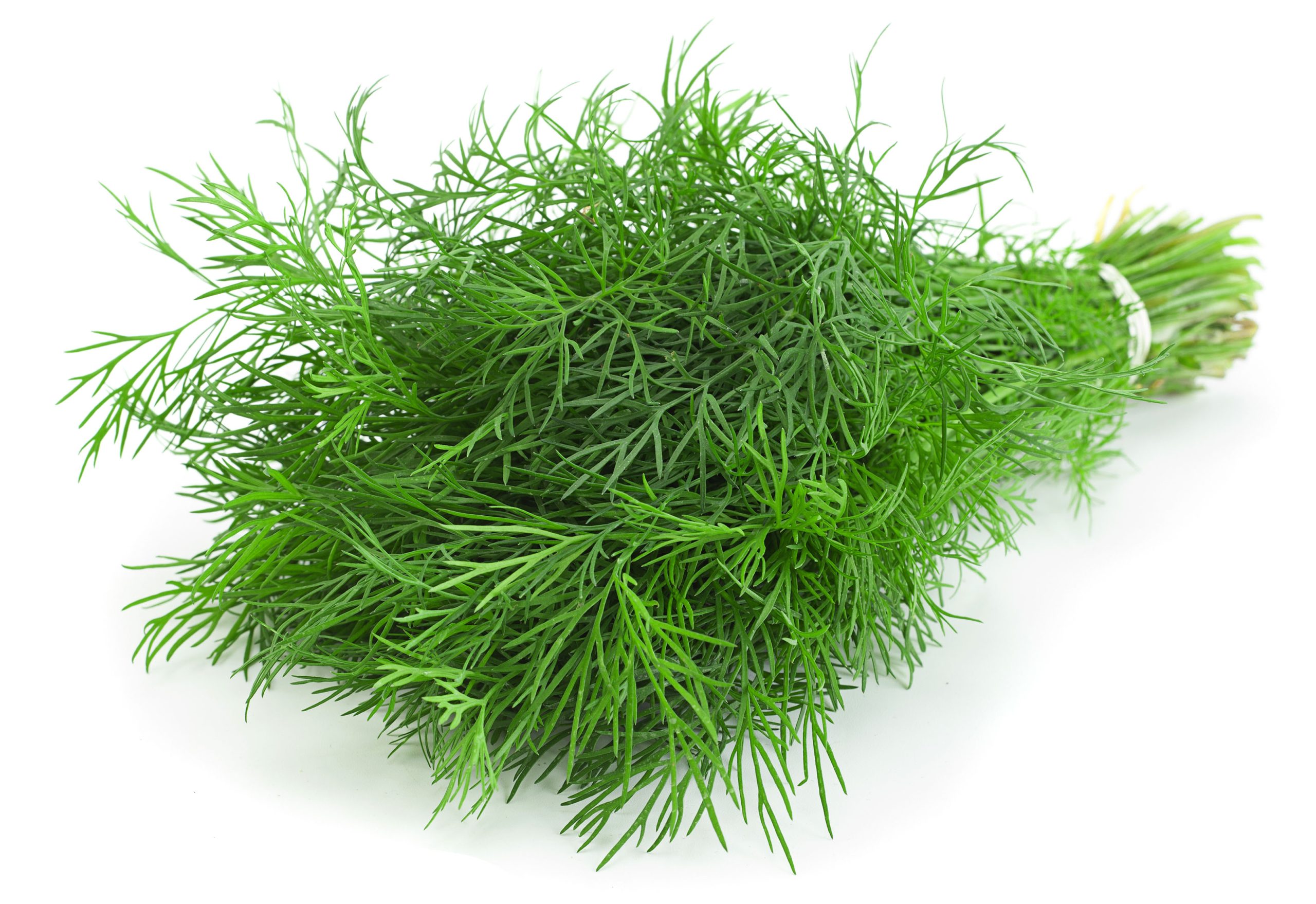Seasons/Availability
Dill is available year-round.
Selection/Storage
When choosing dill, look for fresh, bright-green leaves that are free of signs of wilting or yellowing. The leaves should be crispy and tender with a fragrant aroma. To store fresh dill, place in an airtight container and refrigerate up to one week; for longer storage, freeze the herb in an airtight container for up to three months. Dried dill is also available year-round at most grocery stores but has a milder flavor than its fresh counterpart. Store dried dill in an airtight container away from direct light and heat for up to one year.
Uses
Dill is frequently used to add flavor to dishes such as salads, soups, sauces, fish and poultry dishes. The leaves can also be used to make herbal teas and vinegar infusions. In some cultures, the flowers are pickled or candied for a sweet treat. Dill is also popularly used in pickling recipes as it helps inhibit bacteria growth during the fermentation process.
Nutrition/Benefits
Dill is an excellent source of vitamin A and C, as well as calcium, iron, magnesium, manganese, potassium and zinc. It has been studied for its potential anti-inflammatory properties due to its high concentration of flavonoids. Dill is also said to have digestive benefits as it may help reduce bloating and gas from certain foods such as beans or cruciferous vegetables.
Recipes
Dill is a versatile herb that can be used in many dishes to add a unique flavor profile. Try adding fresh dill to your favorite fish, chicken or egg dish, or use it in homemade salad dressings and dips. Add dried dill to roasted vegetables, soups and stews for an earthy flavor. You can also infuse honey with fresh dill leaves for a sweet treat that pairs well with cheese and crackers. Finally, make your own quick-pickles by soaking cucumbers in a mixture of vinegar, sugar, salt and chopped dill! With so many creative possibilities, you won’t have any difficulty finding ways to incorporate this flavorful herb into your dishes!





